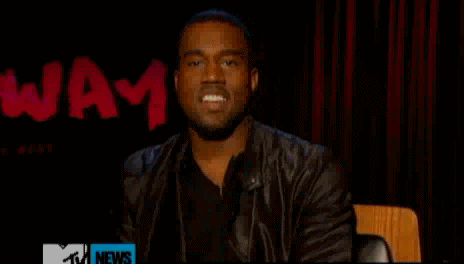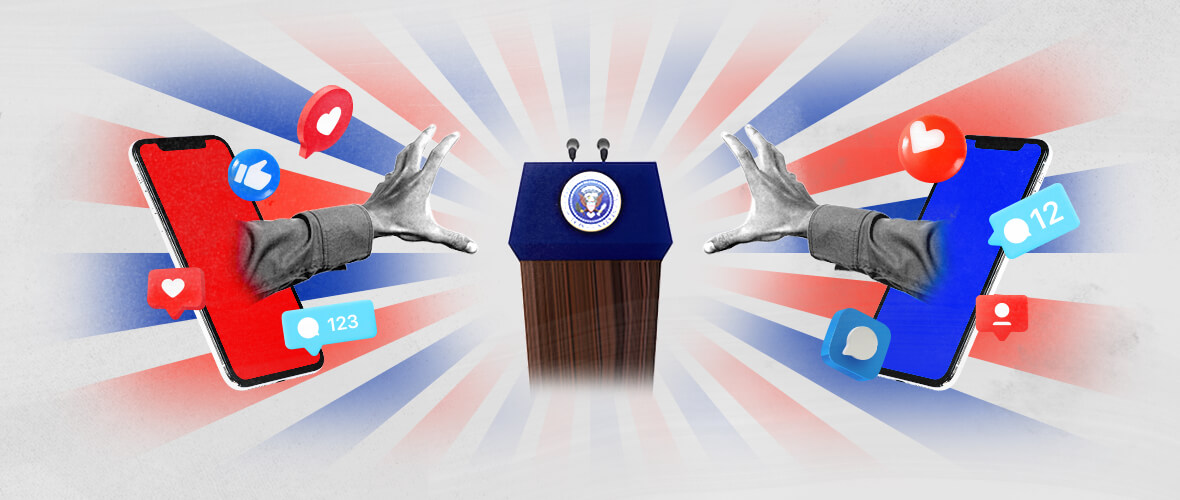Is it Time to ‘Can’ the Canned Response?
Smile. Stick to your key message points. Make eye contact. Stick to your key message points. Stay on topic. Appear professional and don’t wear anything too flashy. Stick to your key message points.
These days, anyone can Google the tips and tricks for effective media training. But when it comes to preparing clients for an interview, are these tips still relevant?
As media consumers, we’ve all been fed canned responses – from politicians with their minimally differing forms of “out with the old and in with the new” promises, to crisis-stricken businesses assuring you that “they’re looking into it” and “you, as the customer, are their first priority.” Today, the average person can see right through PR drafted and coached interview responses. And with so many messages flooding our Facebook timelines, Twitter newsfeeds and television screens, there’s stark competition for the traditional response to break through the conversation clutter of uncensored commentary from the likes of the Kanye West’s and Donald Trump’s of the world making headlines and controlling the conversation for the day.
So what gives? Is the traditional media response a thing of the past? And if so, do we need to follow the lead of Trump and West when media training our clients?

Not so fast. There’s no need to throw out all of your tips, but there’s probably a key element that could improve clients’ interactions with media: authenticity.
With Twitter, IG, Snapchat and 24-hour news cycles, media consumers are so much more connected to the celebrities and sports stars they love, politicians they’re considering voting for and companies they buy products from. These entities are no longer distant people we’ll never interact with or buttoned up companies in high rise buildings. They’re “touchable” – truly, we could all DM Bieber right now – and people love the power and feeling of being able to personally reach them, even if they know their celebrity crush may never respond.

Today’s media has made connecting closely more possible than ever, so canned statements just won’t do. Instead we want everything straight from the source and personalized. Fans are no longer satisfied with publicist’s responses. You stumble in your Grammy performance, and Adele, we want to hear from you about the In-N-Out burger you ate to cope because consumers crave an immediate, authentic and often, witty explanation.

In sports, teamwork and “playing with heart,” won’t garner much attention. But interestingly, Marshawn Lynch saying “I’m just here, so I don’t get fined” will turn heads, showing that as long as the message isn’t too extreme, it can be beneficial to disrupt the predictable script, particularly when it gives consumers more insight into your personality.

Companies are no exception. When Chipotle was faced with a norovirus outbreak in a number of its stores last year, CEO Steve Ells began his Today Show interview by saying sorry to all who got sick. “They’re having a tough time and I feel terrible about that,” he said, proving that even when times are tough, expressing empathy and displaying your feelings may prove more fruitful in engaging customers than stiffly spouting talking points.

And even in politics, voters want to see that leaders are relatable. Stuffy just won’t work. They need to hear that you eat at Five Guys, play basketball and tell “dad” jokes just like the next guy (I’m talking to you, President Obama). In a society where media now allows for a two-way interaction, people want to know you’re real, engaging and just like them.
So don’t throw out your old tips – we all love a clear response to an interview question, after all. But build on them and encourage clients to show personality, be responsive and engaging, and strive to strike a balance between traditional and non-traditional messaging to positively break through the conversation clutter.





